Dear stackoverflow experts,
I'm building barcharts with lattice. I have two separate table, one with means and other with standard errors. How can I include the standard errors in the bars?
table.df<-means
table.std<-table_error
library(lattice)
library(gridExtra)
graph1<-barchart(value1~Var1|Var2+Var3,data=table.df, ylab=NULL)
graph2<-barchart(value2~Var1|Var2+Var3,data=table.df, ylab=NULL)
grid.arrange(graph1,graph2, nrow=2, ncol=2)
Any suggestion? Is this possible?

